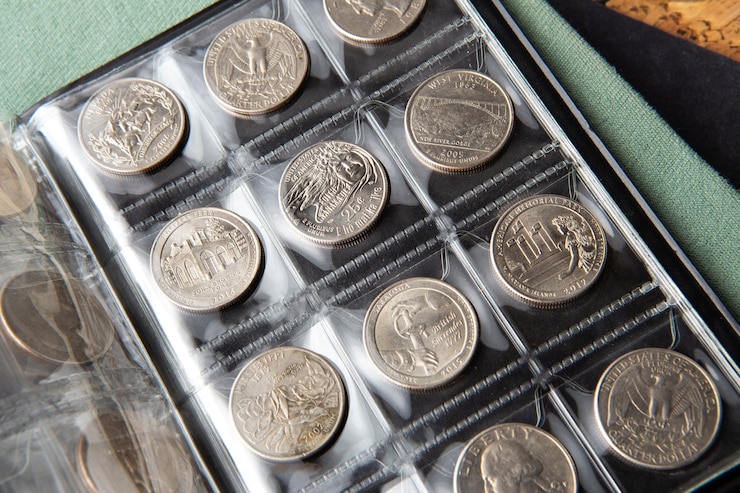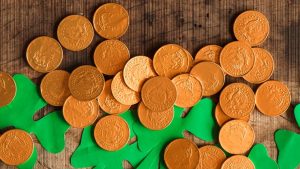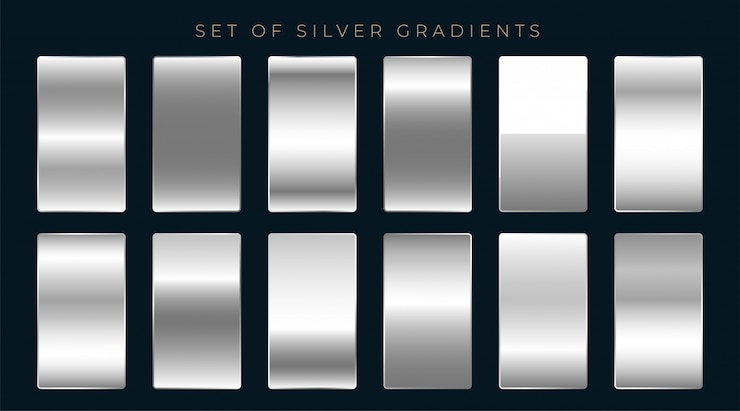
I finally finished evaluating that collection I mentioned in my last post, and it turned out to be quite the adventure!
The collection itself was straightforward, taking about 10 hours to go through, which is typical for a batch of coins like this. However, it was the last group of “unusual coins” that I set aside for research that really surprised me.
Things kicked off with the 1895 Morgan Dollar pictured above. I placed it aside because the date seemed odd to me, and sure enough, when I compared it with others, I realized just how tiny it actually was! It looked totally off.
That was my first clue that it was a fake. But who knows, it could have been a unique variation or even a pattern coin I stumbled upon, and maybe I would get famous for it! (A person can dream, right?) So I held off on labeling it just yet.
I grabbed my trusty Red Book to help decipher it, and to my surprise, there wasn’t a regular 1895 Morgan Dollar issued for circulation! There were 1895-O and 1895-S coins, both quite rare, but a no-mint-mark 1895 only existed in proof for that year.
It’s worth a lot too – no wonder someone might try to fake it!
As much as I hoped it was a proof coin, it definitely wasn’t, which led me to the second sign that it wasn’t genuine. I decided to weigh it, since 90% of the time that reveals a fake immediately. However, it surprisingly weighed just as much as the genuine Morgan next to it! To be doubly sure, I weighed it against several other Morgans from the same batch, and they all were nearly the same weight too. Wow.
Still, I couldn’t ignore that questionable date, so I took a closer look with a magnifying glass and noticed more suspicious features.
First, there were raised lines on the obverse near the top left of the head, similar to those found on Peace Dollars, as well as on the chin, neck, and lower stars.
Flipping the coin over, I spotted some unusual pitting and extra metal above the surface that hadn’t been smoothed out – classic signs of forgeries!
The clincher was a tiny divot hidden between the A and the T of “States” on the reverse. While this alone might not have raised alarm, I found the same mark on another Morgan in the batch, and when I decided to check them all, 40% had that identical marking!
All 28 of those Morgans were counterfeit, and it took me nearly 3 hours to piece everything together. Ugh.
The real kicker is that I could have figured it out in mere minutes if I hadn’t made a major mistake at the start. When I initially weighed that 1895, it matched the others because they were all fakes, and I was comparing counterfeit coins! If I had just taken 30 seconds to check the correct weight, I would have noticed the discrepancy right away and spared myself a lot of frustration. (The actual weight should be 26.73 grams, not around 23 grams like these were.)
That was lesson number one for me. Other things I should have noticed sooner include the fact that most were graded around VF/XF, none had mint marks (not always a giveaway, but in hindsight, it makes sense since they were struck with the same die), and their toning was quite similar. I initially chalked it up to them being stored together, but that wasn’t the case. They were all crafted by the same unscrupulous person looking to deceive, and they almost succeeded. If it weren’t for that tiny date, I could have missed it altogether, as they looked and felt convincing at first glance!
Another mystery remains: Did the previous owner know they were fake?
They were all stored in the same tube, separate from the other Morgans in his collection, which leads me to believe he might have known. Maybe he didn’t think to label them because he knew at some point someone would sort through his collection after he was gone. If he knew they were counterfeits, did he get duped when acquiring them, or was he aware from the start?
I lean towards him knowing from the start, particularly because I learned he worked in a coin shop as an assistant for several years. He likely became skilled at grading and spotting counterfeits over time. It’s possible an unfortunate owner brought them in for appraisal, discovered they were fakes and our friend kept them as a souvenir!
Alternatively, he might have collected them to fill a sequence (from 1878 to 1904, plus a 1921) with the intention of replacing them with genuine ones someday. But wouldn’t he have placed them in binders instead of keeping them hidden in the tube for so long?
Unfortunately, we’ll never know the true answer to this mystery as the friend has since passed away (which is why I’m reviewing them now, as his daughter wants to sell them). But at least we’ve settled the issue of their authenticity.
Now I have to break the news to her that the collection is worth much less than initially thought 🙁 I’ll think twice before saying, “there’s at least $500 in silver here!” just from a quick look, that’s for sure. I never considered that people might possess fakes, but I need to stay vigilant or risk being the next victim when buying collections!
On the bright side, the mystery is solved, and I’ll be posting a review of the whole collection soon. I just have to update my spreadsheet with this new information – lesson learned!
*Note: The link to the Red Book above is an Amazon affiliate link.





